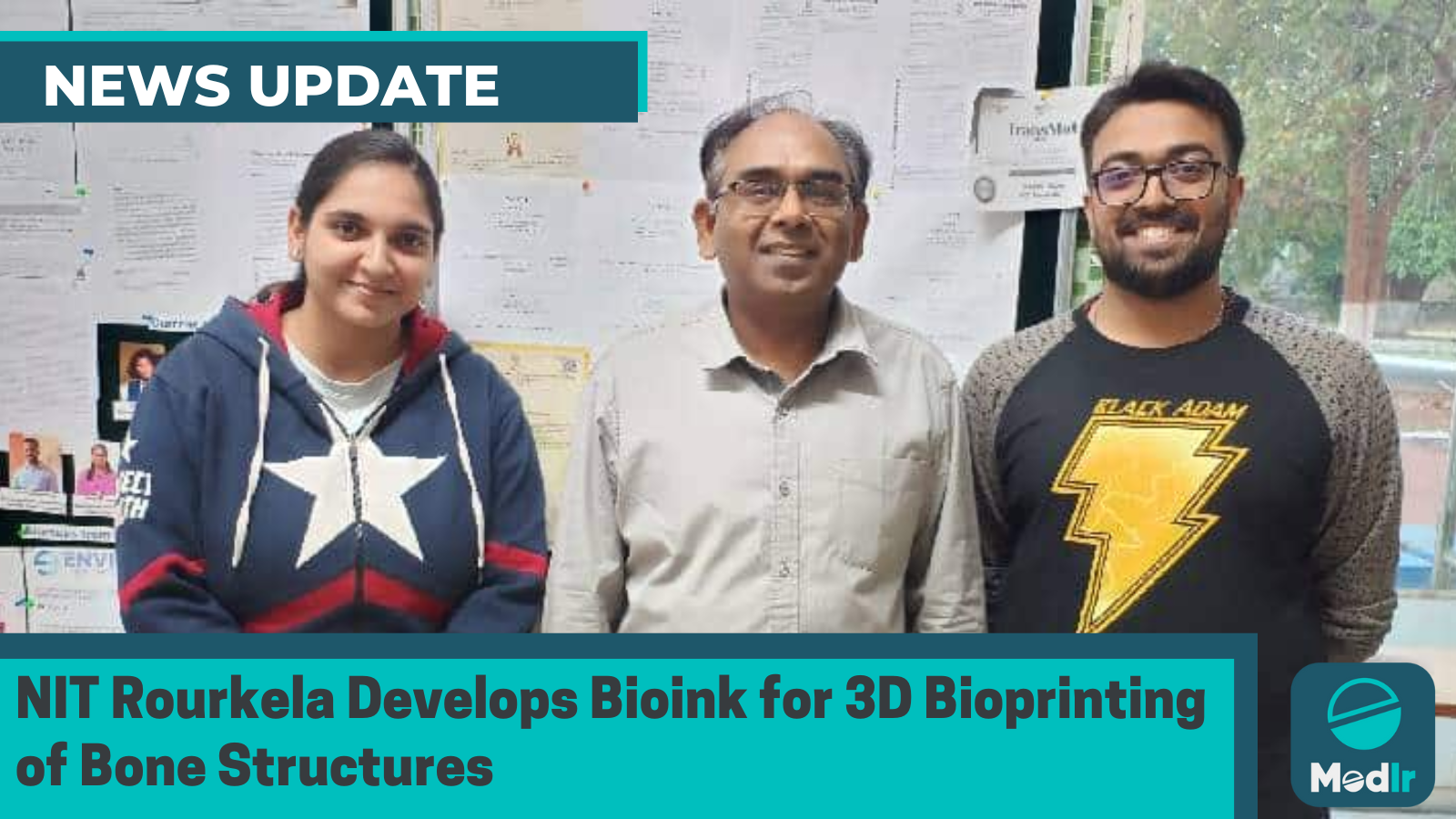NIT Rourkela Develops Bioink for 3D Bioprinting of Bone Structures
Written by Sirish Dixit
Researchers at NIT Rourkela have developed an innovative bioink for 3D bioprinting of bone structures, offering a biocompatible alternative to traditional grafts and implants.

A research team from NIT Rourkela, led by Prof. Devendra Verma, has developed a bioink made from natural materials for 3D bioprinting of bone structures. Designed to enhance bone repair, this bioink provides a biocompatible alternative to traditional grafts and metal implants, overcoming issues such as pain, limited availability, and poor integration.
Unlike existing bioinks that require extensive lab preparation, this innovative formulation remains liquid at room temperature but gels upon contact with body temperature and pH, allowing direct application to injury sites. Made from chitosan, gelatin, and nanohydroxyapatite, the bioink closely mimics natural bone, supports stem cell growth, and promotes bone regeneration. Its specialized nanofibers enhance cell attachment and healing.
The research has been published in leading journals, including Journal of Biomaterials Science and Carbohydrate Polymers. A patent (Patent No. 562791) has been granted, and the project is funded by the Department of Health Research, Government of India.
The bioink holds promise for treating large bone defects, particularly in reconstructive surgeries. The team plans to conduct animal model testing and scale up production under Good Manufacturing Practices (GMP) for clinical trials. To support commercialization, they have also launched a startup, Quixotix Bioprinting.